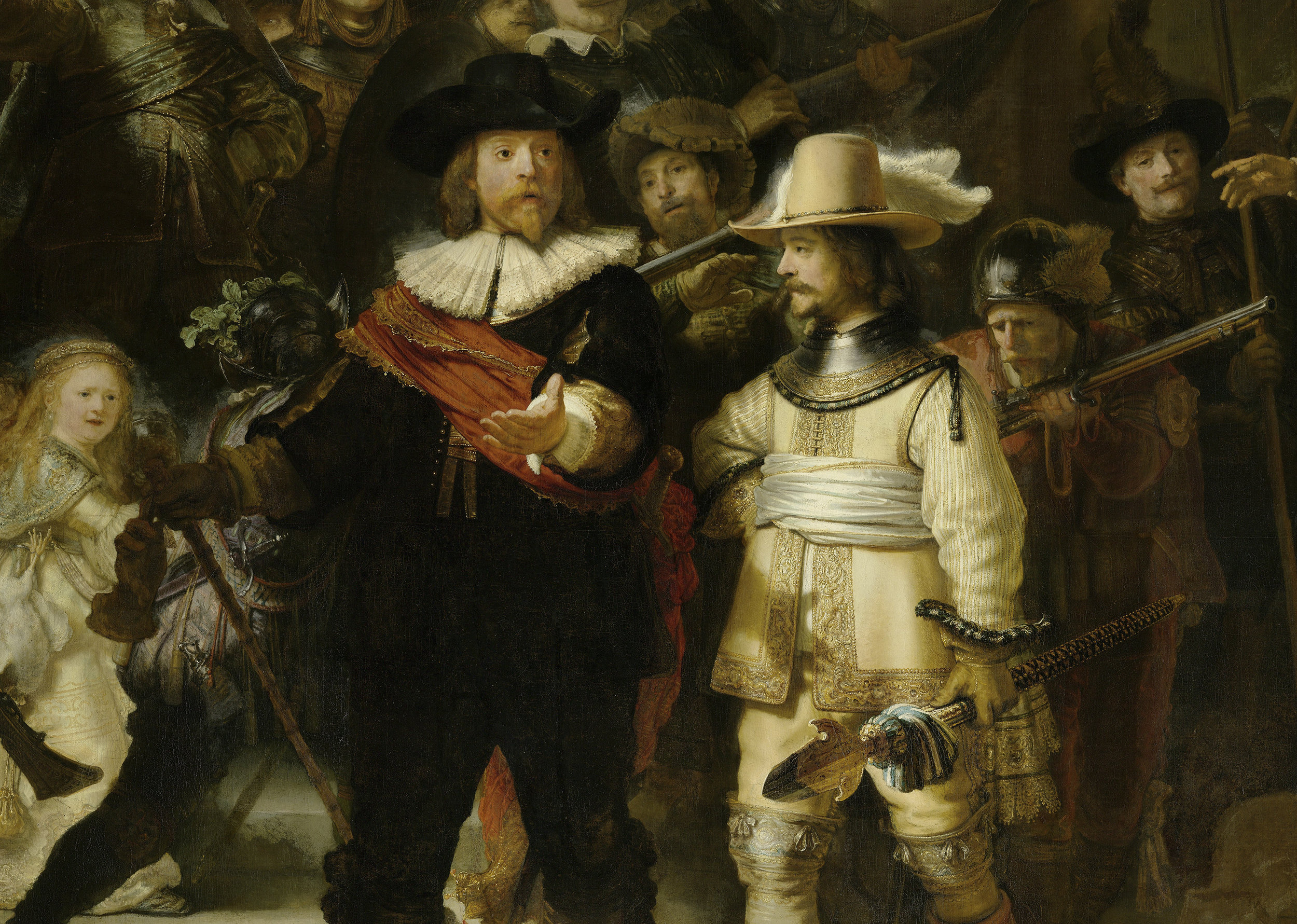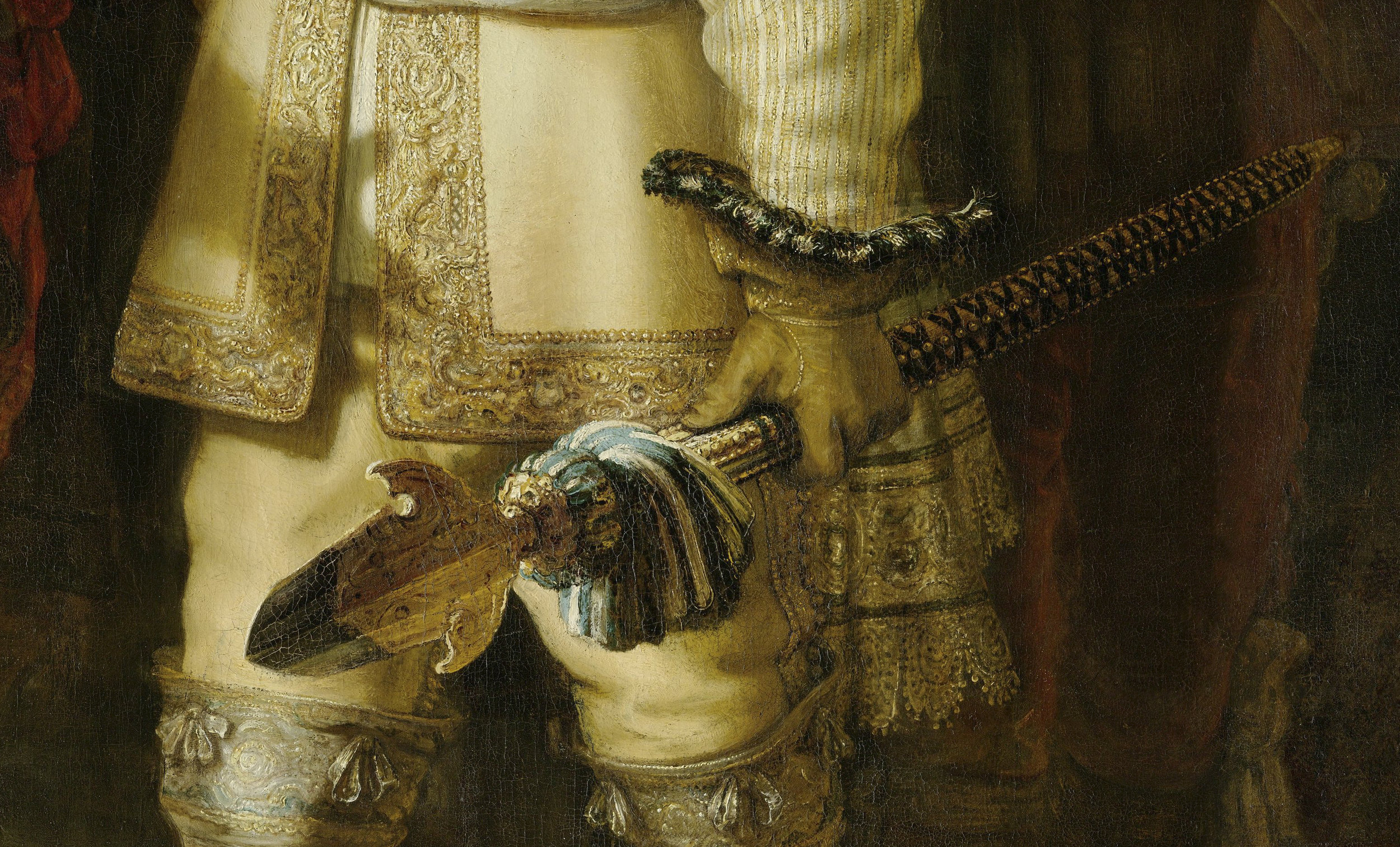Photography and neuroscience. To quote the Sound of Music: “These are a few of my favorite things” It seems pretty crazy, but the science is out there: Your phone is ruining your memory… but don’t worry, thinking like a photojournalist when you take pictures can change all that.
Okay, so as some of you might know, my formal education background is actually in Biochemistry with a focus in Neuroscience. So, when I come across research like this that can make a real, meaningful difference in people’s creative lives, I love sharing it out.
Let’s get into it.
Do this for me: Close your eyes and think back to the last big family event, birthday, party, going out with friends, you pick — Just as long as you pulled out your phone and took pictures. How much do you remember about it? — The people you were there with, how much time you spent where, what you ate or drank while you were there, or even, what was your favorite part of it?
Alright, now open your eyes.
Did it feel like things just weren’t as clear, like you just couldn’t quite remember all of those details? Well, it’s not just you. Thanks to some really novel neuroscience research, we now know why that is. It’s been dubbed the “photo impairment effect” and chances are, if you’re one of the billions of people around the world constantly documenting your life on your smartphone, you’ve probably experienced it.
Let’s look at the science behind what’s going on:
So, you might think that taking photos would positively affect your memory because it focuses your attention... hence increasing how memorable the event was for you. But counterintuitively, you’ll often pay less attention when you take photos, depending on the external device of the camera to “remember” for you. Essentially the research out there suggests that people are much less likely to remember information if they expect to have future access to it — like on their camera, computer, or the 400 pound gorilla that is social media.
One of these great little pieces of research is one from 2014 by psychologist Linda Henkel that dives right into this issue and presents some results that, as a photojournalist, we’ve known for years as a way to mediate this photo impairment effect. In the study, participants were asked to walk through an art museum exhibit and were instructed to either A) Just walk through and observe the artwork, B) Take mostly general photos of the artwork and the space or C) Take photos of specific parts of the artwork (like faces, swords/helmets, etc.) in the exhibit.
Take for example, the stunning piece of art that is “The Night Watch” by Rembrandt — one of the true masters of light, shadow, and immense levels of detail.
The piece is a sight to behold — standing nearly 12 feet tall by 15 feet wide and housed at the Rijksmuseum in Amsterdam. But back to the study… For example, participants in Group A would simply take in the piece in its entirety, and Group B would take photos without any real objective. Where this gets interesting is for Group C who were tasked with focusing on details of their pieces of art (and works like the Rembrandt feature an astounding level of life-like details to focus on).
So, when those three groups were tested afterwards, which one do you think recalled the artwork the best? Well you might be surprised to find out, but Group A that simply just walked through and observed the artwork was able to recall details of the museum exhibit the best! Although photographing the artwork as a whole, without an objective, hurt participants’ memory for visual details about the objects (Group B), being tasked with honing in on one aspect of an object (Group C) mitigated the lost memory not only for the part they zoomed in on but also for parts that weren’t focused on. Even though they took extra time and attention angling the camera and adjusting the lens so as to capture the best photo they could, regardless, the act of photographing the art did still have the consequence of participants dismissing the object from memory.
And, chances are, you’ve probably felt this very same thing. And when you think about it, it kind of sucks. So let’s fix that.
When I’m out on assignment, whether it’s a crowded public event or an ongoing feature project, as a photojournalist, I’m always looking for details in the environment, fleeting moments in people’s faces, and dramatic lighting that elegantly captures the scene. Basically, as photojournalists, we constantly live in that third research group that’s tasked to focus on photographing details of the scene. And as a result, we’re able to remember a great more about those assignments/events/projects/etc. when keeping those goals and objectives in mind.
Here’s a great example of that from last year photographing the UW Diversity and Inclusion Graduation Recognition ceremony. With such an open-ended assignment as “event coverage,” it could have been easy to get a bunch of general-purpose shots that tried to document the event. But what separates “coverage” from “visual storytelling” is focus on those details, moments, and expressions that make the audience of your photography feel something.
So, when you’re out photographing your next birthday party, halloween costume or family get-together: think like a photojournalist, focus on the details, focus on the moments, focus on the light. Your future-self thinking back on those fond memories will thank you.
What do you all think about the Photo Impairment Effect — Have you felt that same lack of memory, even after taking a ton of pictures? Let me know in the comments! If you all liked this or want to read more articles like this, let me know!
Cheers,
-B











